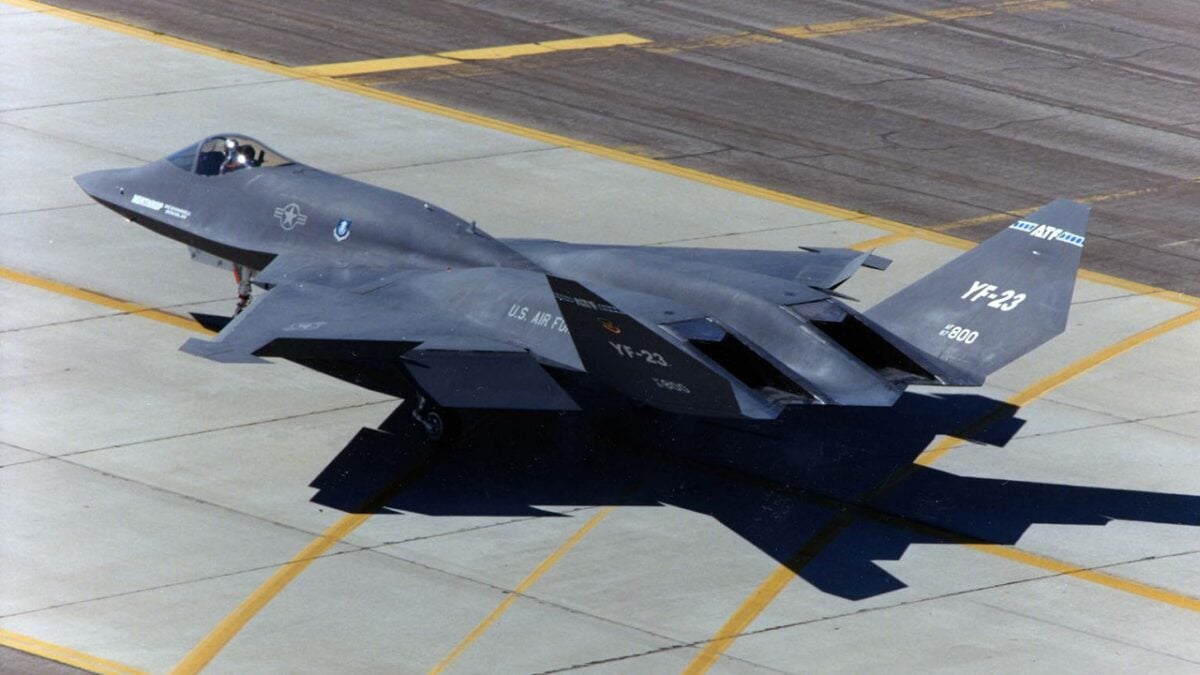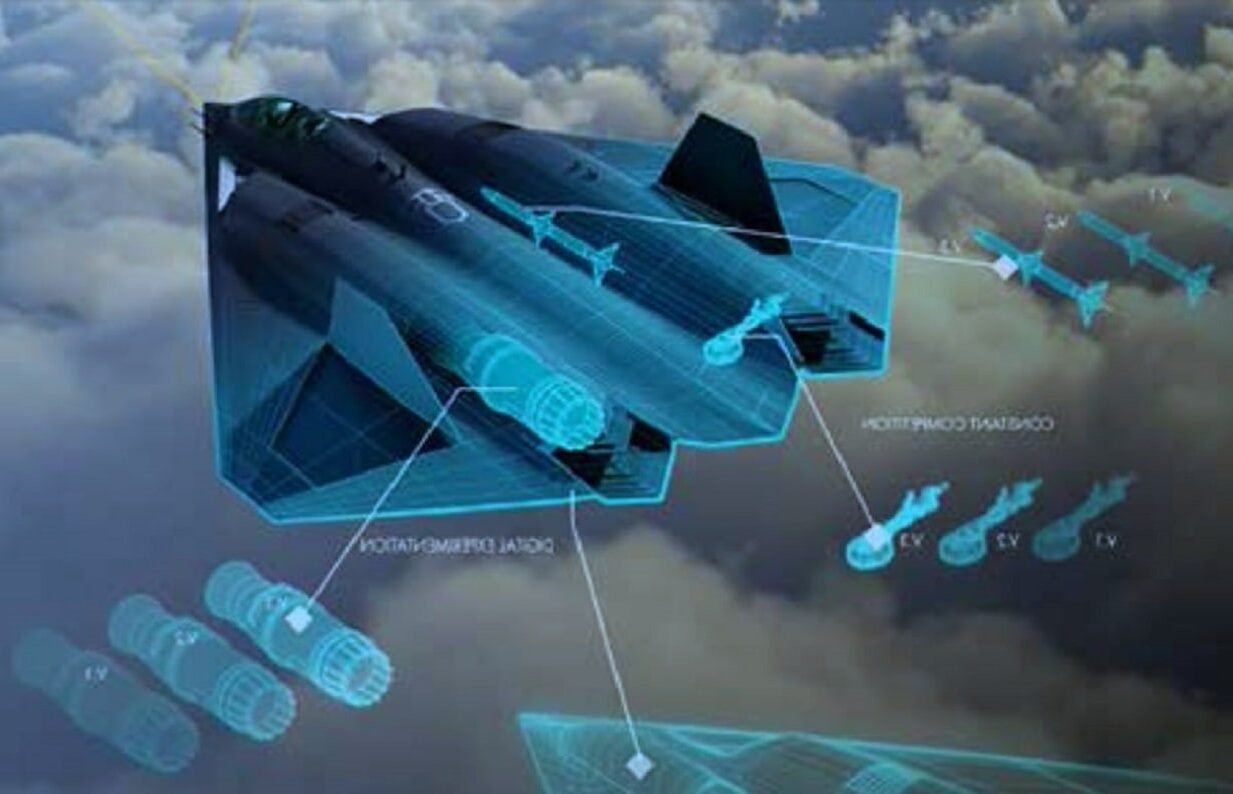Did the U.S. Air Force Miss an Opportunity With the X-44 MANTA? – At a quick glance, the conceptual images of the Lockheed Martin X-44 MANTA include an aircraft that looks essentially like an F-22 Raptor that had its tail cut off.
That was for good reason, as that very much describes what NASA and the United States Air Force had intended.
The X-44 MANTA – Multi-Axis No-Tail Aircraft – was derived from the F-22, and it was to have featured a stretched delta-wing without any tail surfaces.
Origin of the X-44 MANTA
It was back in the 1980s that the Air Force launched its Advanced Tactical Fighter (ATF) program, which was to determine the service’s next frontline combat fighter. That led to a competition between the Lockheed Martin YF-22 and the Northrop Grumman YF-23. The former won out and was introduced as the F-22 Raptor in December 2005 – becoming the world’s very first fifth-generation fighter aircraft.

Northrop-McDonnell Douglas YF-23. (U.S. Air Force photo)
However, even as the YF-22 was in development, the heavily-modified variant was devised. As noted, it was essentially a base F-22 Raptor without the tailplanes. This was to be seen as a technology demonstrator to test the validity of controlling a combat fighter without traditional tailplanes. In addition, its design was meant to demonstrate the feasibility of an aircraft controlled by vectored thrust alone.
It offered a number of other advantages, namely that the X-44 design had a reduced radar signature due to the lack of tail and vertical stabilizers, while it was further made more efficient by eliminating the tail and rudder surfaces. It was to have greater fuel capacity than the F-22 due to its larger wing design and was to have reduced mechanical complexity. It would have had a much larger weapons payload as well.
As it had no tail, the pilot would have had to rely on its thrust vectors to provide yaw, pitch and roll control. However, this could have made for an extremely agile aircraft, yet, it may have been a more difficult plane to fly, which means only the most experience Air Force pilots might have gotten a chance to sit at the controls.
The MANTA program was short-lived, however, even as both NASA and the Air Force saw promise with the radical design. Yet, by 2000 the program was ended before even a single prototype was constructed.
Manta: A Chinese Version?
Though nothing ever came of the Lockheed Martin X-44 MANTA, last fall there were reports of a similar-looking aircraft at the Chengdu Aircraft Corporation’s test facility in China. According to TheDrive, the puzzling airframe in question had first appeared in early-to-mid 2021 next to a standalone hanger.
Few details have turned up since that report, but it is worth noting that the Chinese were believed to have closely copied the F-22 and F-35 stealth fighters in developing its J-20 and FC-31 aircraft. Perhaps somewhere along the way they also took some cues from the X-44 MANTA to determine if the Air Force and NASA were missing anything.
Maybe Lockheed Martin should dust off those old designs and give the MANTA another chance.
Now a Senior Editor for 1945, Peter Suciu is a Michigan-based writer who has contributed to more than four dozen magazines, newspapers and websites. He regularly writes about military hardware, firearms history, cybersecurity and international affairs. Peter is also a Contributing Writer for Forbes.
From 19FortyFive

